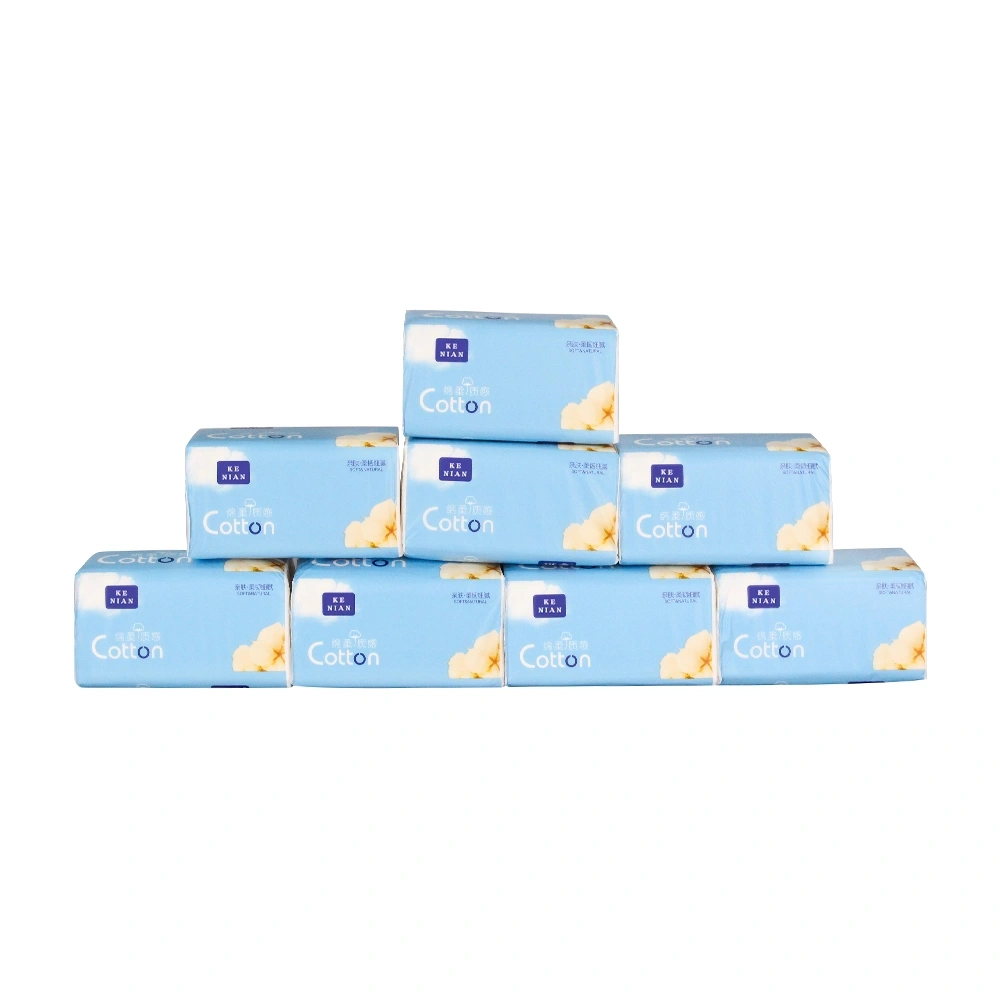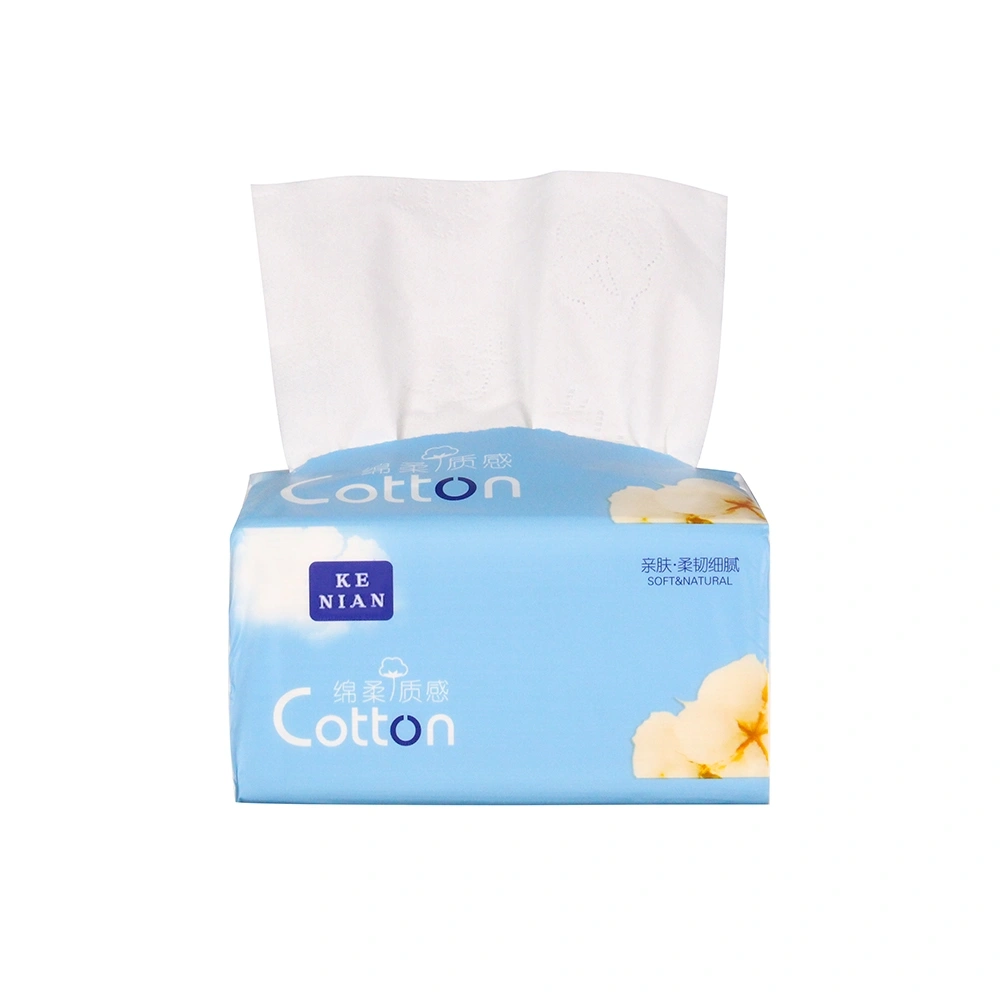Nowadays, Facial Tissue Paper has become a necessity in life. After washing hands, take one; after eating, take one... There are many places where Tissue Napkin is used in daily work and life, and it is the most intimate contact with the skin. However, many people may not be familiar with how to choose facial tissues correctly.

The quality of Paper Towel can be described as varied. Among the raw materials of inferior Facial Tissue, there are not only waste books and newspapers, but also waste items such as used facial tissue and Toilet Paper. The manufacturing workshop puts these recycled papers into a pulverizer mixed with organic oil and talcum powder to crush them, and then makes paper materials through processes such as soaking, cooking, whitening, and deinking, and then embossing, cutting, and packaging. It is generated. Such toilet paper will not only pollute the skin, but also cause skin inflammation, respiratory diseases...and even cause health hazards. Therefore, it is especially important to choose facial tissues carefully! The raw materials of facial tissues can be divided into the following categories. Before purchasing, be sure to carefully check the labels on the packaging. 01 Virgin Wood Pulp Made from wood after fiber extraction, it refers to purified non-recycled, unused pure wood pulp, without adding other fiber pulp. No additives, no allergies, qualified and reliable raw materials. 02 Wood Pulp Without the word "virgin", it cannot guarantee that the raw material is non-recycled, unused wood pulp, indicating that other substances are added to the paper. 03 Bamboo Pulp A kind of raw pulp fiber material, made of processed bamboo, the material is relatively hard. Since the growth cycle of bamboo is shorter than that of trees, facial tissues made of bamboo pulp are relatively environmentally friendly. 04 Straw Pulp/Primary Bellflower Pulp Made from unused mature crop stalks such as wheat straw. Facial tissues made of platycodon grandiflorum and grass pulp have lower cost and relatively lower price.









